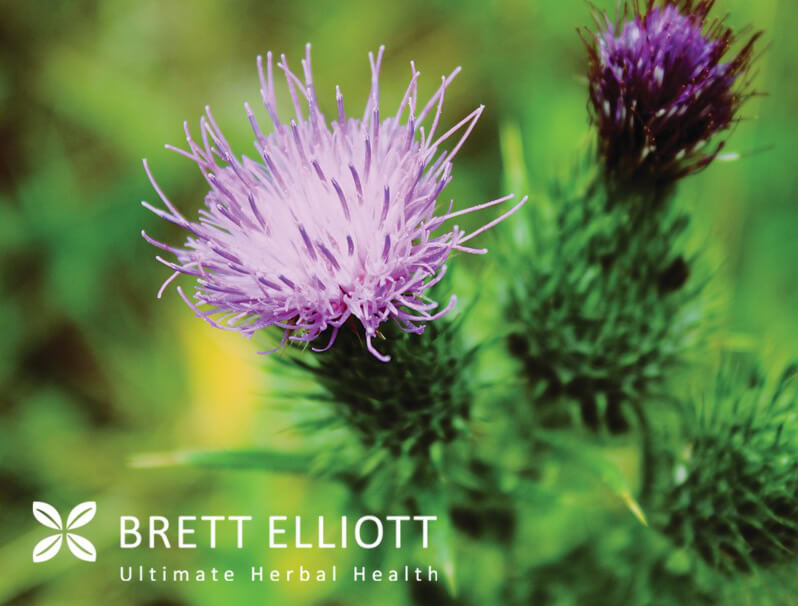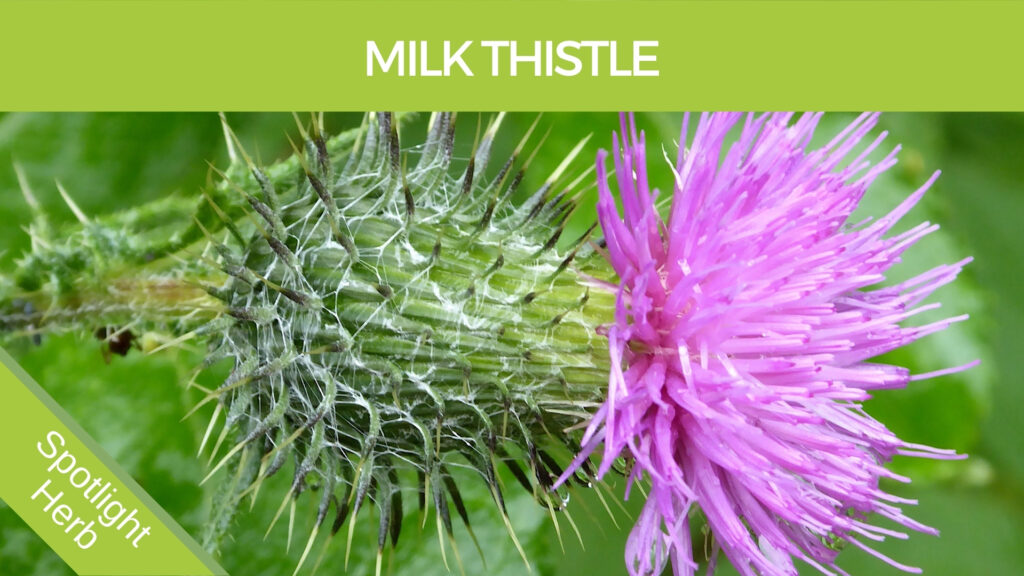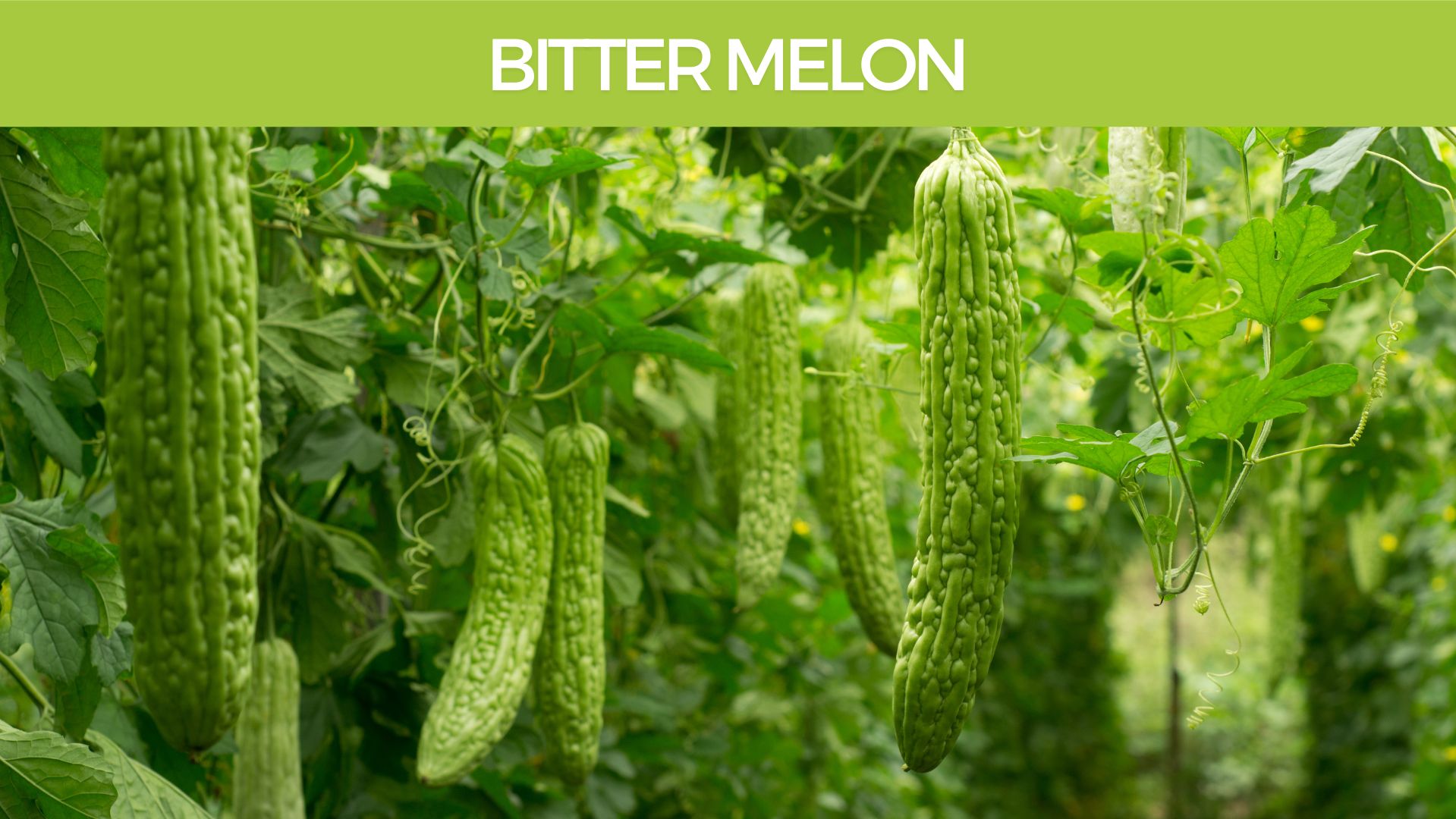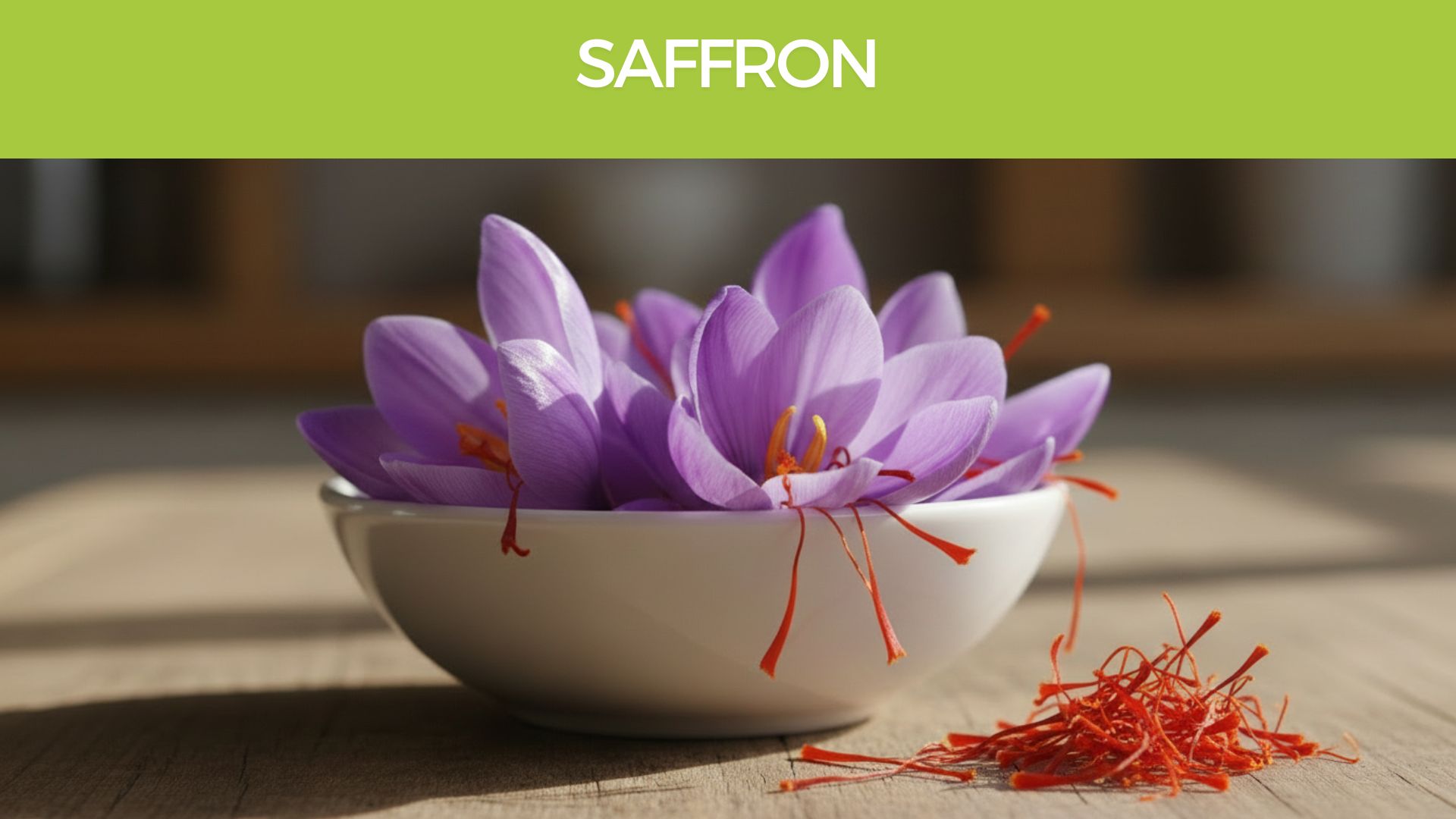- 2 years ago
- 6Minutes
- 1477Words
- 1649Views
Understanding the benefits of herbs helps you gain confidence in using them to improve and extend your life. Milk thistle is certainly one of those herbs you can take indefinitely in order to extend your quality of life. This article reveals traditional, modern, and scientific evidence supporting this great herb.
Traditional use Milk thistle is indigenous to Europe and has been widely used for over 2,000 years. Milk thistle was grown in peasant gardens and the roots, leaves, and fruits were used in popular medicine.
It’s known for opening “obstructions” of the liver and spleen and has been used for the treatment of jaundice.
It has also been used as a common cure for syphilis and is why it was traditionally grown in backyard gardens in many areas.Modern use Milk thistle extract, known as silymarin, is one of the most powerful protectors of the liver against free-radical damage and is very commonly used in dietary supplements as a liver tonic.
The liver-protective effects were widely publicized in ancient times, resulting in chemical, pharmacological, and safety research beginning in the 1950s. Its clinical use is for a wide range of liver ailments (including hepatitis) and it has become prolific in many regions around the world.
Liver cleansing and liver tonic herbal remedies now often include this herb as the central ingredient. Other uses include:- Reducing insulin resistance with type 2 diabetes in cases where cirrhosis of the liver has occurred;
- Reducing high cholesterol;
- Improving liver function during active hepatitis;
- In the treatment of diabetic nephropathy (kidney damage);
- Reducing the growth of cancer cells in breast, cervical, and prostate cancers; and
- Reducing the liver-damaging effects of chemotherapy and other pharmaceutical drugs.
Detox programs Milk thistle prevents the depletion of glutathione and because large amounts of glutathione are used during the detox process, a glutathione deficiency can eventuate. Milk thistle will help prevent this deficiency during your detox program. Instead, silymarin actually enhances liver glutathione generation. (4)
This is why Milk Thistle is an integral part of our effective Herbal DETOX program.

Therapeutic actions The active constituent in milk thistle is a flavonoid complex called silymarin, which doubles as a potent antioxidant. Silymarin is actually a combination of flavonoids known as silibinin, silidianin, and silicristin which are known to help repair damaged liver cells.
Liver protector Milk Thistle is therefore totally unique in its powerful effect of liver protection. It has absolutely no competition in the pharmaceutical world. In fact, in cases of poisoning with Amanita mushrooms (which can destroy the liver), milk thistle is the only treatment option. It has been so dramatically effective that even the orthodox medical establishment has never disputed the use of Milk thistle.
Scientific ResearchLiver Health Analysis has found Milk Thistle to be an effective therapy in reducing liver inflammation and restoring normal liver function.
Milk Thistle has been reported to protect the liver from environmental toxins including carbon tetrachloride, acetaminophen, ethanol, and iron toxicity. A three-year study observed alcohol-induced baboons taking either Milk Thistle or a placebo. The Milk Thistle reduced the liver-damaging effects of alcohol by reducing oxidative stress plus reduced other liver-damaging components.
Milk Thistle is one of the most investigated plant extracts, with known mechanisms of action for oral treatment of toxic liver damage. Silymarin has been used as a protective treatment in acute and chronic liver diseases. (2)Fatty Liver Disease Results of one study indicate that silymarin seems to be effective in reducing the biochemical and ultrasonographic changes induced by fatty liver disease. A pilot study performed in patients with fatty liver disease confirmed an improvement in liver enzymes and insulin resistance. (3)
Its protective capacity is related to different mechanisms, such as suppressing toxin penetration into hepatic cells, increasing SOD activity, increasing the glutathione tissue level, inhibiting lipid peroxidation, and enhancing hepatocyte protein synthesis. The hepatoprotective activity of silymarin can be explained based on its antioxidant properties due to the phenolic nature of its flavonolignans. It also acts by stimulating liver cell regeneration and cell membrane stabilization to prevent hepatotoxic agents from entering hepatocytes (2)
Antioxidant Properties/Immune Support Milk Thistle strengthens the immune system helping to fight off infections and suppresses the production of abnormal cells. Milk thistles immune activity extends to gland functions also. This is particularly evident in regard to prostate health as Milk Thistle’s flavonoid compounds reduce the development of abnormal prostate cells. Cancer Inhibition Preliminary laboratory studies suggest that silymarin in milk thistle may have anti-cancer effects. Silymarin has powerful antioxidant properties and has proven to inhibit the growth of human prostate, breast, and cervical cancer cells in test tubes. High cholesterol One animal study found that silymarin worked as effectively as the cholesterol-lowering drug probucol and with the extra benefit of greatly increasing good HDL cholesterol. (5) Ulcerative Colitis In one study 35 out of 38 Ulcerative Colitis patients taking 140mg of silymarin were in complete remission with no flare-up after 6 months (1)Pharmacology Several studies have suggested that silymarin regulates inflammatory mediators such as tumor necrosis factor (TNF), TNF-alpha, nitrous oxide, interleukin, and interleukin-1 receptor antagonists.
Silymarin also increases lymphocyte proliferation, interferon-gamma, interleukin- and interleukin- cytokines, in a dose-dependent manner. These effects suggest a role in preventing infectious diseases.
Several mechanisms of cell protection have been identified. In some studies, milk thistle promoted nerve cell differentiation and survival. In others, silymarin increased human growth factors.In animal studies, it has shown protective effects against damage caused by drugs to the organs such as the pancreas, the kidneys and damage to the liver, partly by reducing the degeneration of good fats.
DOSAGE It takes 70 pounds of milk thistle seeds to make one pound of extract purified to 80% silymarin. The standard dosage of Milk Thistle is 200 mg twice daily of an extract standardized to contain 70% silymarin.
The 14-day Ultimate Herbal DETOX program provides standardized milk thistle extract which provides 250mg twice daily of silymarin.
The herbal formulation Livafood contains 120 capsules each containing 50mg silymarin.
Conclusion The traditional use, modern use, and scientific research all suggest that Milk thistle has indeed earned its place as the King of Liver protectors. It has no known toxic effect and can be used indefinitely as a tonic to improve good health.
Not only should it be used during a general detox program (see above for Brett Elliott’s Ultimate Herbal DETOX program) but it can also be taken as a tonic to improve liver function, to help liver detoxification, improve immune functions and even to protect against cancer.
As is often the case with medicinal herbs, they not only cleanse and purify but also nourish and build good health for a longer happier life.
Products Milk Thistle can be found in the following herbal products. The Ultimate Herbal DETOX program Detox ‘n Slim Protein Drink LivaFood Liver Tonic
Brett Elliott ®




